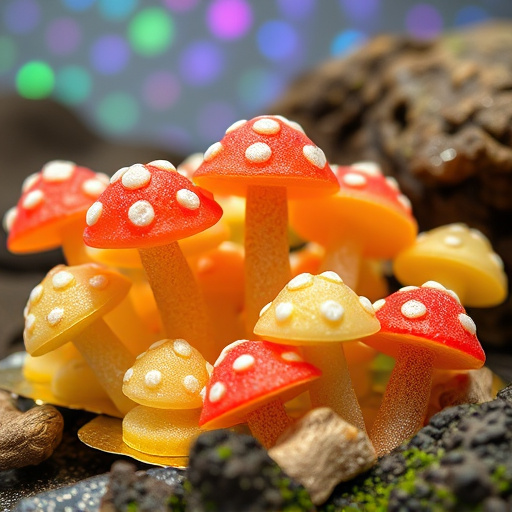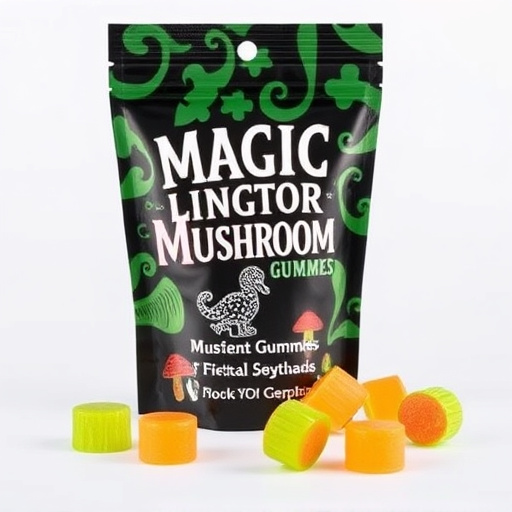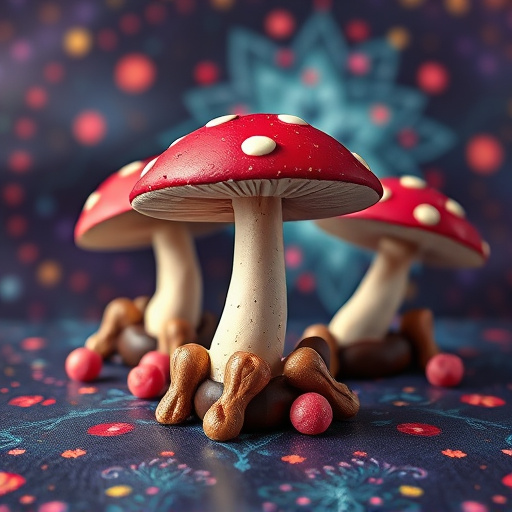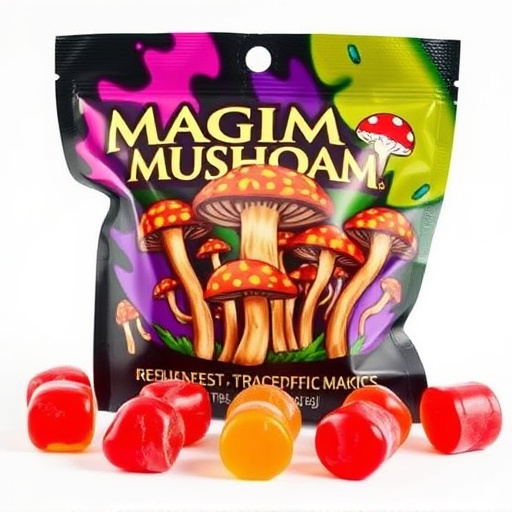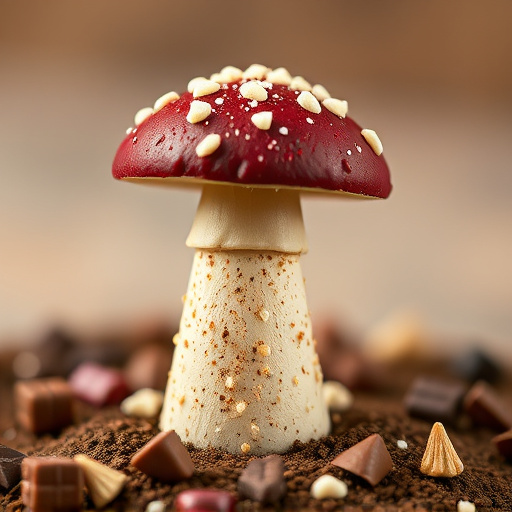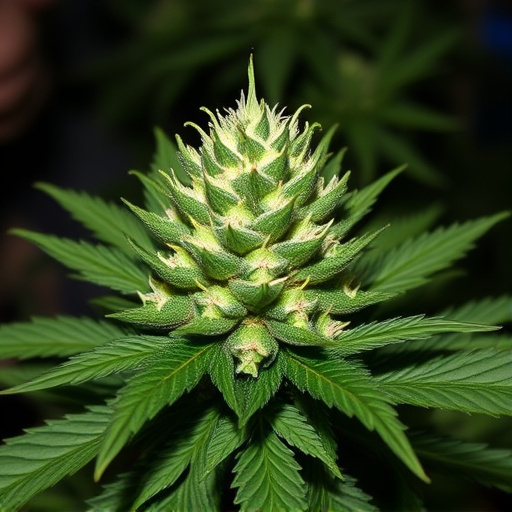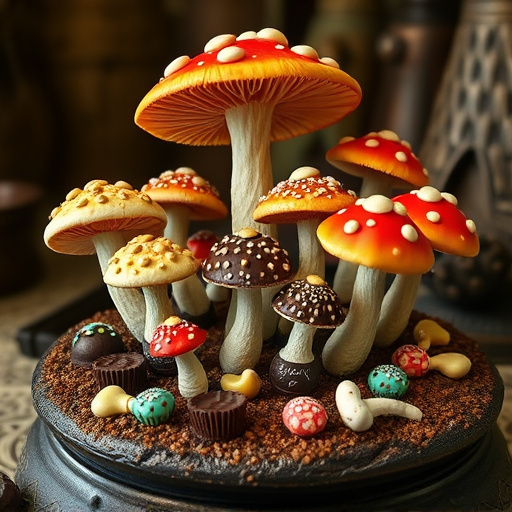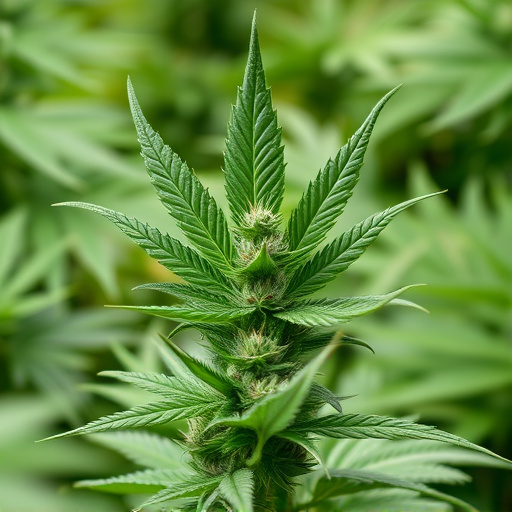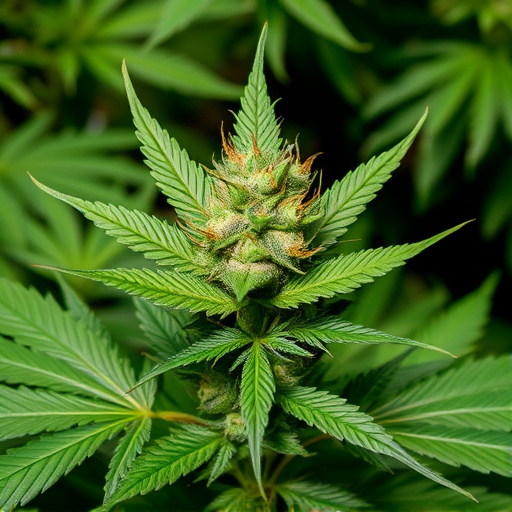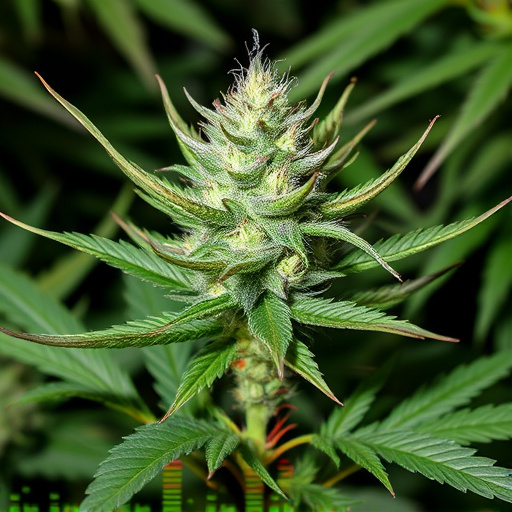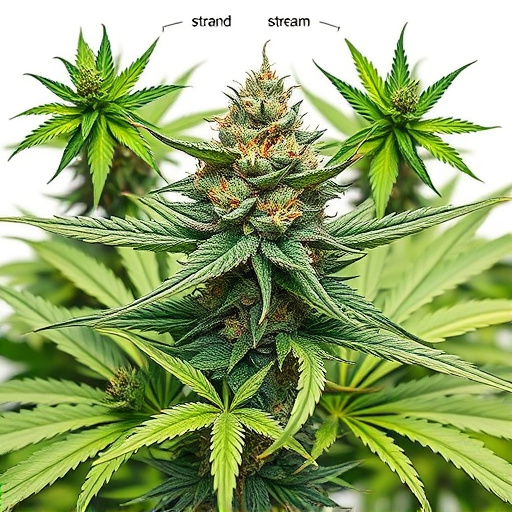The cannabis flower, a powerful medicinal and psychoactive tool, is the female reproductive part of the Cannabis sativa plant, rich in cannabinoids like THC and CBD. With an ancient history spanning millennia, original strains from Central Asia and the Middle East have been revered by civilizations like Egypt and China for their therapeutic properties. These strains feature distinct terpene profiles, contributing to unique aromas, flavors, and effects – Indica offering relaxation, Sativa boosting energy, and terpenes further customizing experiences. Advanced cultivation and selective breeding have enriched global cannabis offerings from these original landraces.
“Unraveling the mysteries of the cannabis flower, this comprehensive guide aims to enlighten you about this remarkable plant’s essence. Cannabis, with its diverse ‘original strains,’ has an ancient history and a growing modern cult following. From its therapeutic benefits to its unique characteristics, each strain offers a distinct experience.
We’ll explore the roots of these original strains, their key attributes, and the benefits they provide, ensuring you gain a solid understanding of this versatile plant.”
- What is Cannabis Flower?
- The History and Origins of Original Strains
- Key Characteristics and Benefits of Different Strains
What is Cannabis Flower?
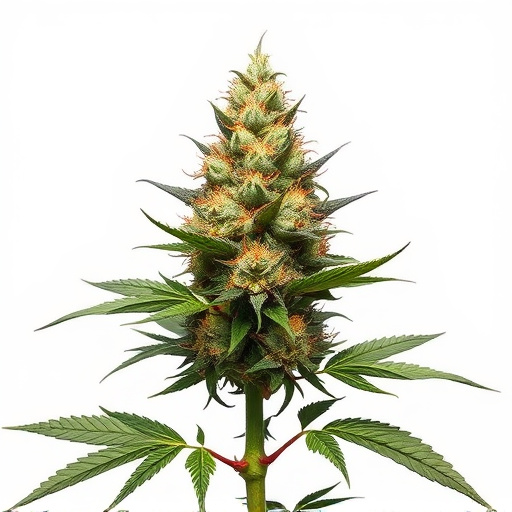
Cannabis Flower, also known as marijuana or hemp flower, is the female reproductive part of the cannabis plant (Cannabis sativa). It’s a popular term among both medical and recreational users due to its diverse therapeutic properties and psychoactive effects, stemming from the rich concentration of cannabinoids like THC (tetrahydrocannabinol) and CBD (cannabidiol) in its buds. These original strains of cannabis have been cultivated for millennia, with records tracing back to ancient civilizations like the Egyptians and Chinese, who utilized it for medicinal and ritual purposes.
The cannabis flower is composed of tiny sticky resin glands called trichomes that produce these cannabinoids. As the plant matures, the trichomes swell, turning into small, leafy buds that are both visually striking and potent. These buds contain various terpene profiles, which contribute to the unique aroma, flavor, and potential effects of each strain, making cannabis flowers a diverse and intriguing subject for cultivation and exploration in modern times.
The History and Origins of Original Strains
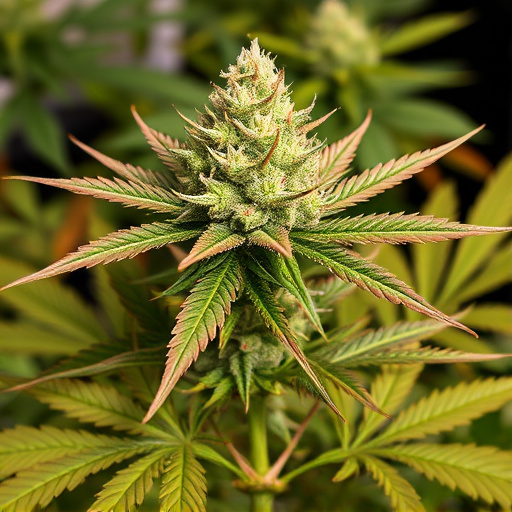
Cannabis has an ancient history, with its origins tracing back thousands of years. The story of the original strains begins in Central Asia and the Middle East, where cannabis was first cultivated. Ancient civilizations like the Chinese, Indians, and Egyptians recognized its medicinal properties early on, using it for a variety of ailments from pain relief to spiritual practices. Over time, cannabis spread across continents through trade routes, adapting and diversifying along the way.
These original strains, often referred to as landraces, were relatively pure forms of cannabis with distinct genetic traits. They developed naturally in specific regions, evolving to thrive in their environments. The variety and potency of these early strains varied greatly, shaping the diverse world of cannabis we know today. As cultivation techniques improved and cannabis gained popularity worldwide, breeders began selectively crossing these original strains to create new varieties, further enriching the global cannabis landscape.
Key Characteristics and Benefits of Different Strains
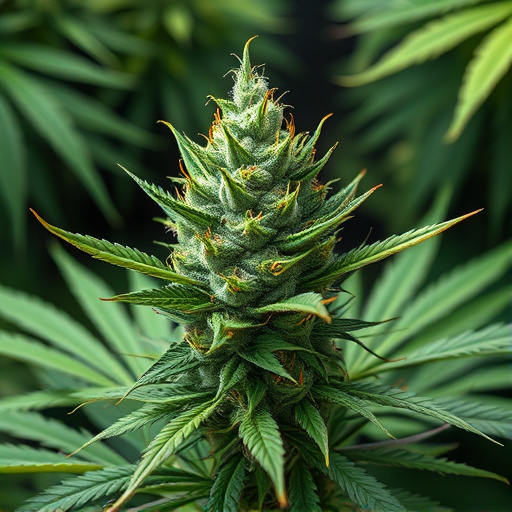
Cannabis flowers, often referred to as buds, showcase a diverse range of characteristics and offer unique benefits depending on their strains. Each original strain of cannabis possesses distinct chemical profiles, determined by its terpenes and cannabinoids, such as THC and CBD. These compounds contribute to the plant’s aroma, flavor, and therapeutic properties. For instance, Indica strains are renowned for their relaxing effects, making them popular choices for evening use, while Sativa varieties are known for enhancing energy levels and cognitive functions, suitable for daytime consumption.
The benefits of different strains extend beyond mere psychological effects. Terpene profiles influence the overall experience, with some terpenes evoking euphoria or calming sensations. For example, myrcene, found in many Indicas, is associated with a heavy, sedative feel, while limonene, prevalent in Sativas, offers uplifting and energizing properties. Additionally, cannabis strains can vary in terms of potency, making it essential for consumers to choose according to their preferences and tolerance levels. Understanding these key characteristics allows users to select the right strain for specific needs, be it relaxation, pain management, or a boost in creativity.
Cannabis flower, with its diverse original strains, offers a rich tapestry of benefits and characteristics. By understanding these foundational elements, from history to key attributes, we can better navigate this evolving landscape. Whether for medicinal or recreational purposes, exploring the nuances of different strains empowers folks to make informed choices, ensuring an enhanced experience in today’s burgeoning market for original strains of cannabis.
